
What’s the Problem?
One of the critical roles of any B2B marketer is to generate leads. Unfortunately, for some businesses, the job description of the B2B marketer doesn’t go further to define exactly what lead generation should look like. In most cases, the business leaders only go as far as saying, ‘just get us leads, and get us lots of them!’
When this happens, marketing naturally focuses on the quantity and not on the quality of leads. The underlying issue with this approach is that lead generation is supposed to be a means to an end and not the goal. In other words, the purpose of lead generation should be to gain new customers, not just leads.
Furthermore, once marketing hands over every lead that they can find to sales for follow-up, sales quickly discover how low quality most of them are, they get discouraged and stop following up. The blame game then begins.
Once this happens, the credibility of these leads (some may call these marketing qualified leads) is in question. Everyone begins to question whether there is any need to pay any attention or spend resources generating such leads, and for a good reason.
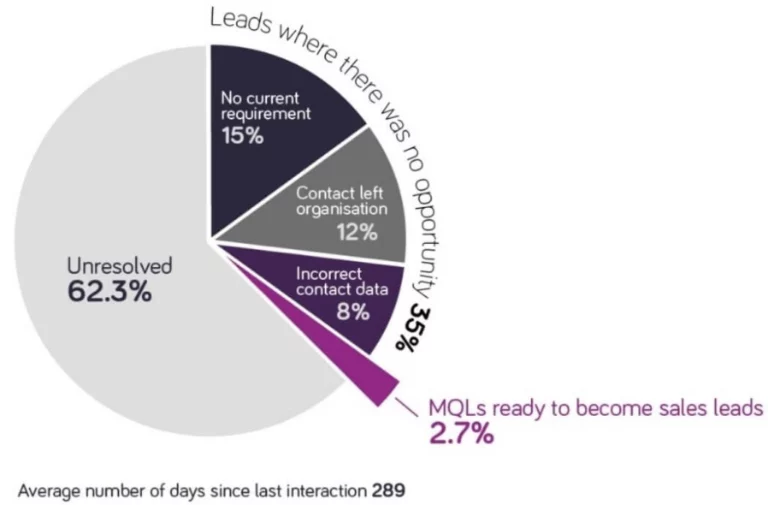
Figure 1: A majority of MQLs are not ready to be passed on to sales as SQLs
The magnitude of the problem at hand is exemplified by the fact that some companies report as low as only 0.5% of MQLs being good enough for sales to nurture into customers. More than 95% of MQLs are cold MQLs.
Additionally, it means that,
- The budget that marketers spend on generating such leads is going to waste.
- The budget that should make a business case for Inbound programs, content marketing, and marketing automation is being underutilized and is ineffective
- The reputation of marketers is at stake, at least with the sales teams.
What’s the Solution?
The most apparent solution to the problem is for marketing to better qualify the leads before handing them off to sales. Marketing and sales teams must settle on the criteria for qualifying leads before they are handed over. For these two teams to agree on the right standards to determine high-quality leads, they must settle on a definition for what an MQL (marketing qualified lead) means to them.
According to the folks at HubSpot, an MQL can be defined as, a lead that is deemed most likely to become a customer when compared to other leads, based on intelligence that is mostly informed by closed-loop analytics.
In other words, lead scoring must be done. Lead scoring is the process of evaluating a lead’s enthusiasm, engagement, or interest, based on a methodology that sales and marketing have approved.
Lead scoring is critical for success in converting leads to customers because it begins to define what success looks like. However, what’s equally as important, if not more important, is lead nurturing. With lead nurturing, you never have to let go of cold MQLs.
Lead Nurturing: How to Generate High-Quality Leads
Lead nurturing is the process of building purposeful relationships with defined target groups, making sure that by the time leads are ready to engage with sales, they are better qualified or more likely to make a purchase. At every point in the buyer’s journey, the lead must be provided with relevant information that answers their questions and concerns. At the same time, the company must also slowly but surely position itself as the best and safest choice.
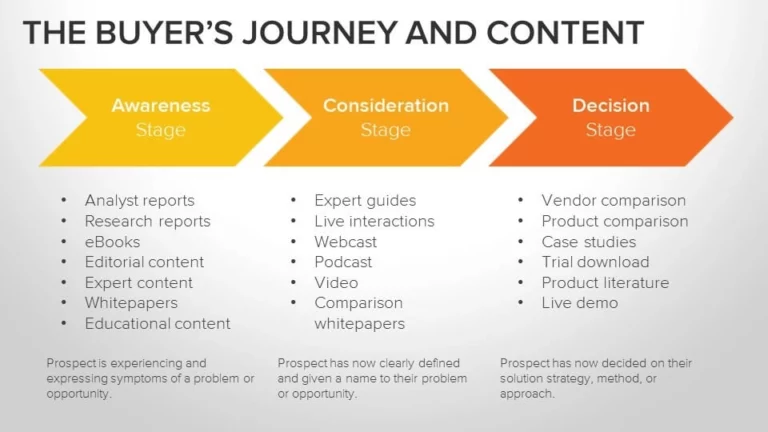
Figure 2: Umamimarketing
So, how do you nurture new leads? Well, there are many ways to do it, depending on your buying cycle. The buying cycle, in turn, is often determined by your business model. That said before any business decides on how to best nurture leads, they must be clear about the following:
- What a qualified lead explicitly means to them
- Who their ideal clients are, based on an established ideal client profile?
- Where leads stand in their defined sales funnel. Typically, the sales funnel should include the following stages, (1) brand awareness and engagement, (2) lead generation and qualification, and finally, (3) evaluating offers and negotiating deals.
- How can current content be repurposed for lead nurturing?
- Is it possible to scale up nurturing efforts using marketing automation software?
All the same, it’s critical to involve both sales and marketing in all lead nurturing stages because their combined efforts are the best way to increase the velocity and predictability of revenue growth. Remember that the goal of lead generation should be to gain customers and not just to generate leads.
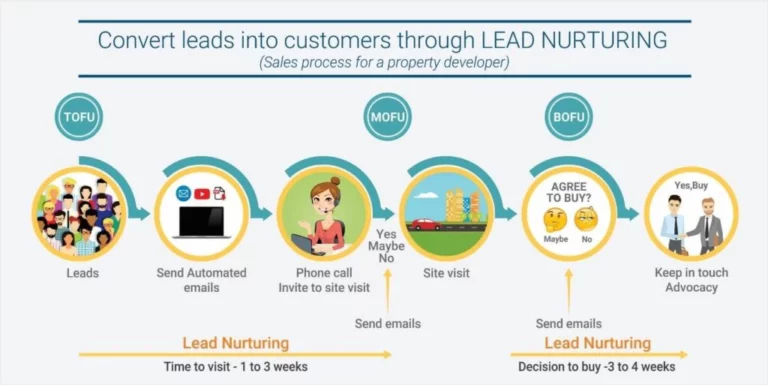
Figure 3: Lead nurturing for a property developer
The lead nurturing examples presented above demonstrate just how different a lead nurturing strategy can be, not only from one company to another but also depending on the exact position of the lead in the sales funnel.
Keeping in mind the points presented above, below are the top hacks for lead nurturing that, if implemented immediately, could salvage cold MQLs and improve the overall MQL conversion rate.
1. Lead Segmentation
Nobody wants to be considered a statistic. In fact, according to the Salesforce State of the Connected Customer Report, 83% of B2B consumers stated that being treated as an individual and not a number is essential to winning their business. So, the question is, how can you be more personal?
The answer is to segment your leads into different groups based on specific criteria (e.g., their stage in the buyer’s journey), and then provide them with the content that they want. One of the most resourceful ways to achieve this is through marketing automation.
Yes, it may seem counterintuitive that you are using automation to be personal. Still, the fact is that automation allows you to focus efforts on being personal and less on repetitive tasks. The overall effect is that you will be able to scale up efficiency and accuracy at each stage of the lead’s journey towards becoming a customer.
Additionally, marketing automation makes lead scoring more convenient to implement and manage, which allows marketers to understand warm MQLs and cold MQLs better. Understanding warm and cold MQLs will enable marketers to take the most appropriate action towards converting leads into customers.
2. Provide Relevant content
Creating relevant content is much like choosing to exercise; everyone knows it’s right for you, but how many actually get to do it?
The fact is that it can be as complicated or as easy as you make it out to be. The rule of thumb, if you are new to lead nurturing, is to start small with your lead nurturing efforts, (including creating relevant content), and slowly but steadily grow your capacity over time.
The first logical step should be to create a customer profile. From there, you can use these two tips as a guide to creating relevant content:
- Watch out for opportunities to connect naturally. There are several ways you could do this, including keeping a close eye on current affairs or news to connect your brand and customer to an event. For example, as an accounting software company, it makes sense to send to potential customers a calendar with relevant tax dates, when it gets closer to the tax season.
- Repurpose content you have for lead nurturing. Repurposing can take different forms, including, making the content more in-depth to cover specific customer pain points or changing the type of the content (e.g., blog to video or video to blog). Or updating old content to make it fresh and relevant for specific lead segments, and so on.
3. Communicate Regularly
If you make potential customers feel that you are pushing your product more than you are trying to help them make the right choice that suits them, then you are likely going to lose them as a customer. Pitching your service or product right away is rarely a good idea. A more subtle approach where you regularly communicate relevant information (without pushing your products) is likely to yield better results.
Furthermore, it’s useful to remember that it takes anywhere between 7 and 13 or more touches before MQLs become sales-ready, qualified leads. As such, creating a consistent rhythm or pattern of communication can help to hold your brand in the potential customer’s mind, so that when they are ready to make a purchase, you are the first and best option that they have.
4. Create a Community Around Your Product
Having the perfect product and excellent content is likely to present you with valuable opportunities to create a community of customers that are ready to be advocates for your brand. If or when you are presented with such an opportunity, grab it with both hands and never let go.
The reason is simple. Such a community can help you to convert cold or warm MQLs in a frictionless way through word of mouth or testimonials. Word of mouth and testimonials are often more credible to new buyers than the word of the company. Additionally, such a community is always enthusiastic about providing ideas about how to improve the product. All these benefits that the community brings effortlessly translate to higher MQL conversions and more sales.
Conclusion
Creating an effective lead nurturing strategy can have a positively profound and lasting effect on your business. Companies that can create and implement a successful lead nurturing strategy benefit in several ways; first, they can better define, identify, and target the right leads for nurturing. Secondly, they are better placed to align sales and marketing teams, which has the positive effect of improving operational efficiency and reducing budget wastage. Better yet, lead nurturing provides the right structure to start turning cold MQLs into warm leads and eventually into customers.
Our blog
Latest blog posts
Tool and strategies modern teams need to help their companies grow.
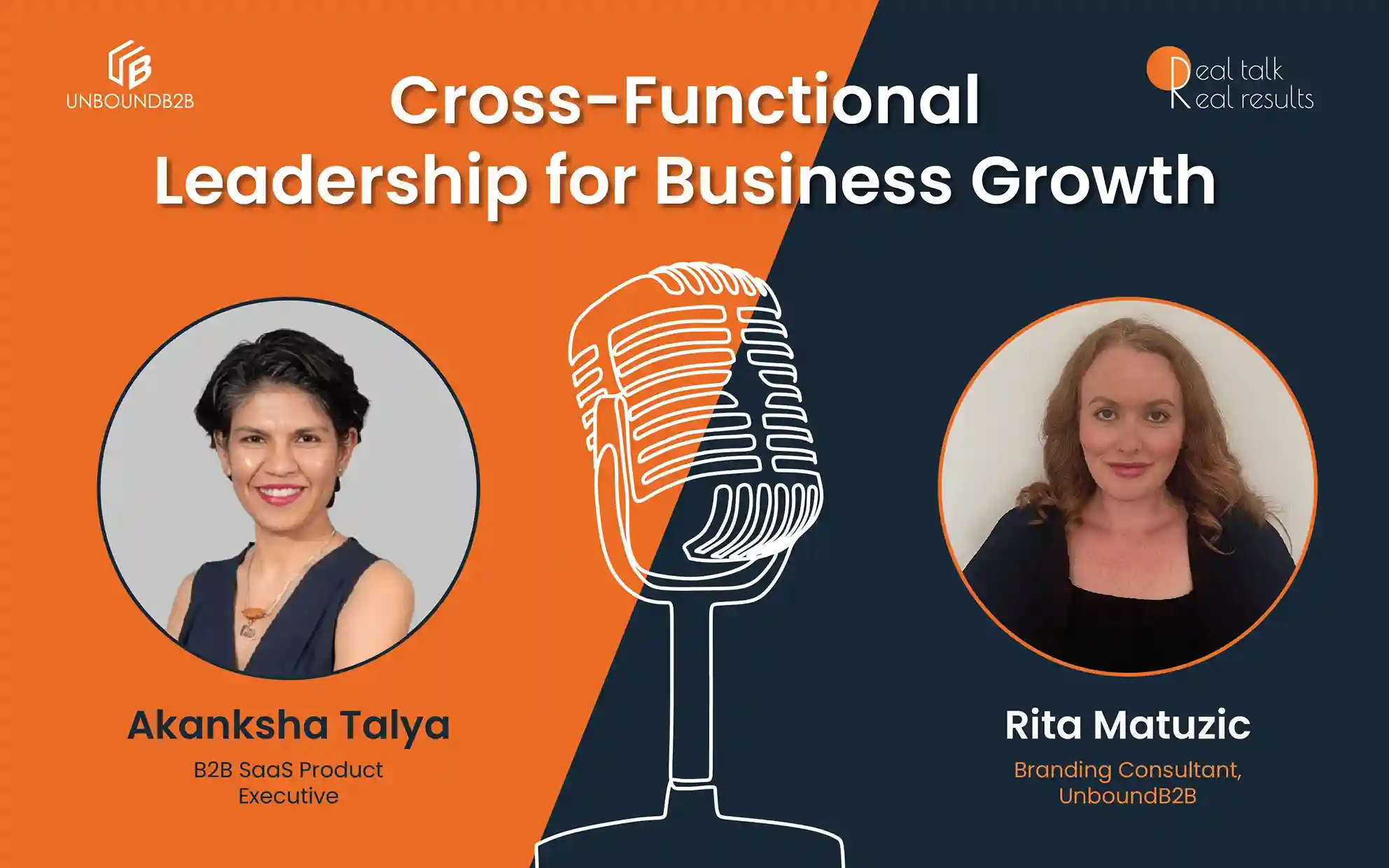
Boundaryless, cross-functional leadership is the key to successful, high-performing p...

There are various methods to target your ideal customers in programmatic advertising,...
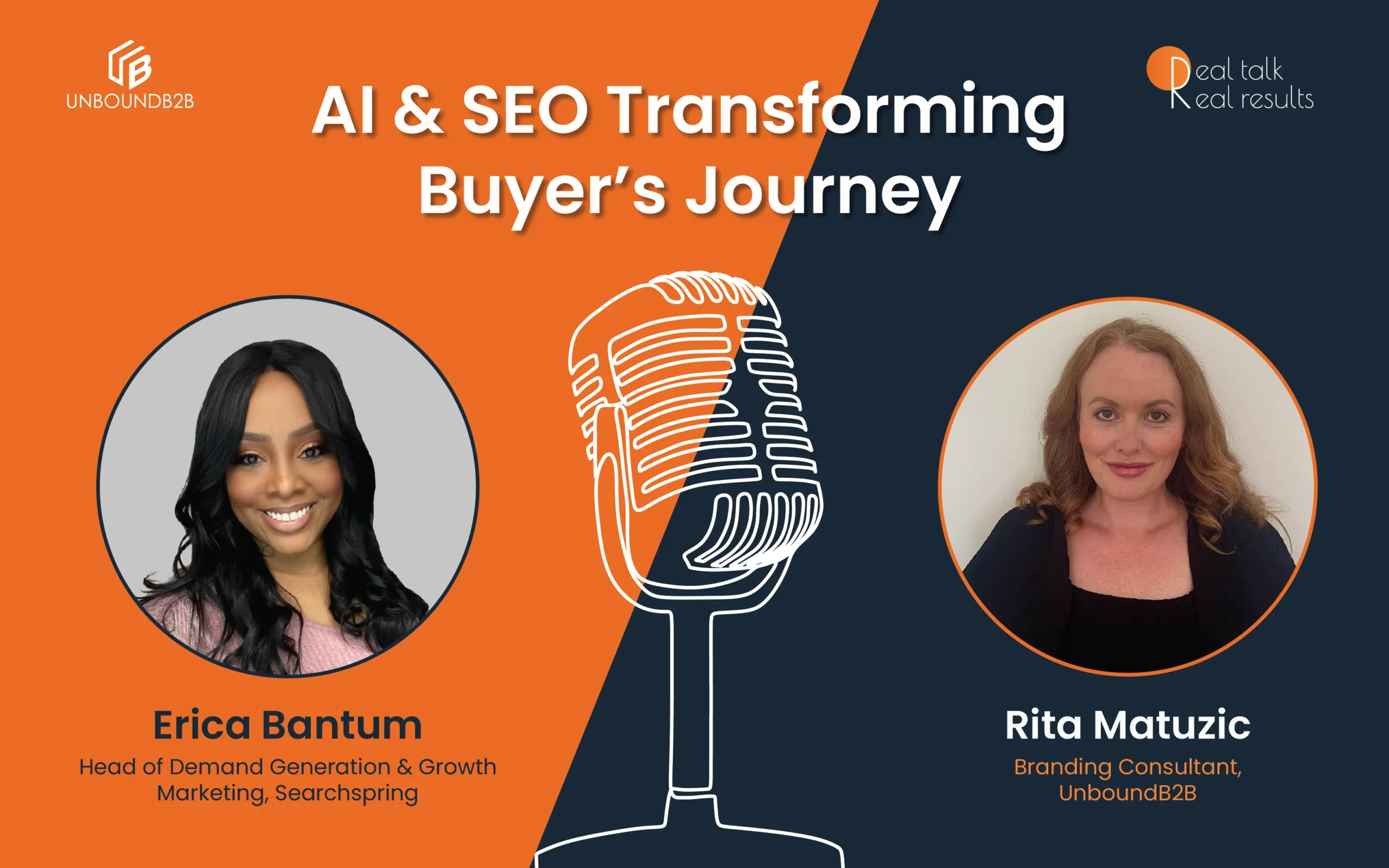
Personalization is the key to digital marketing and SEO success for e-commerce organi...






